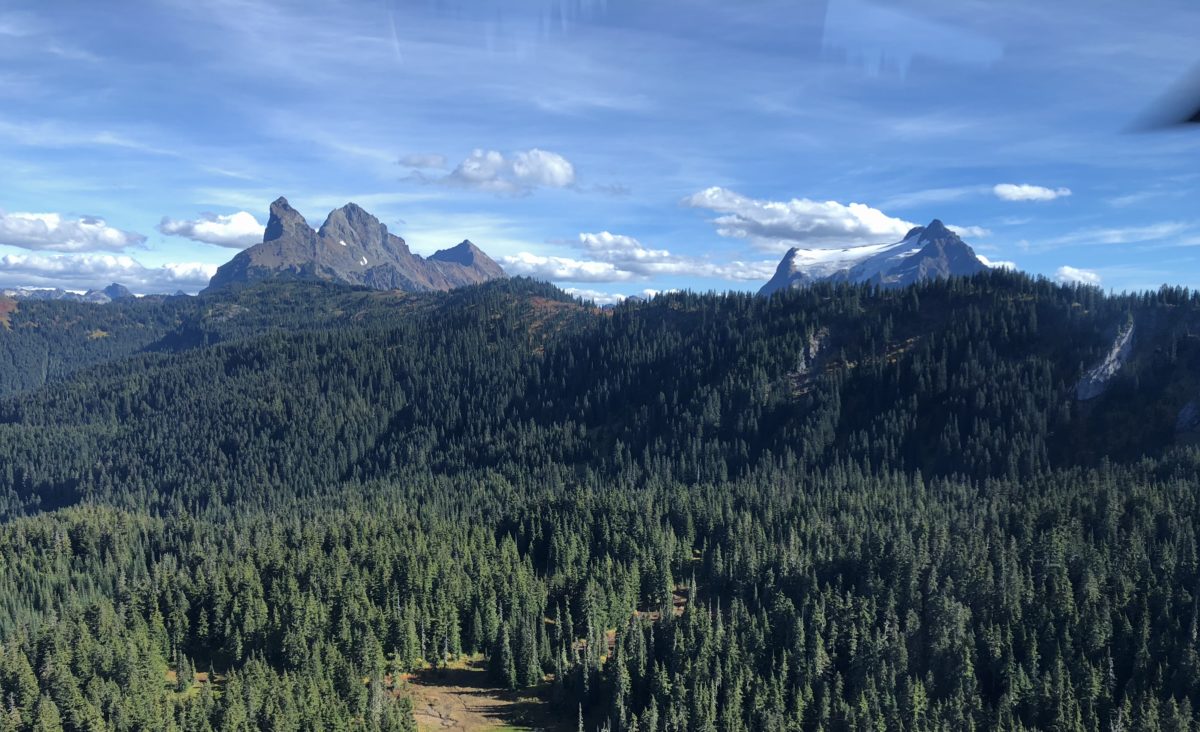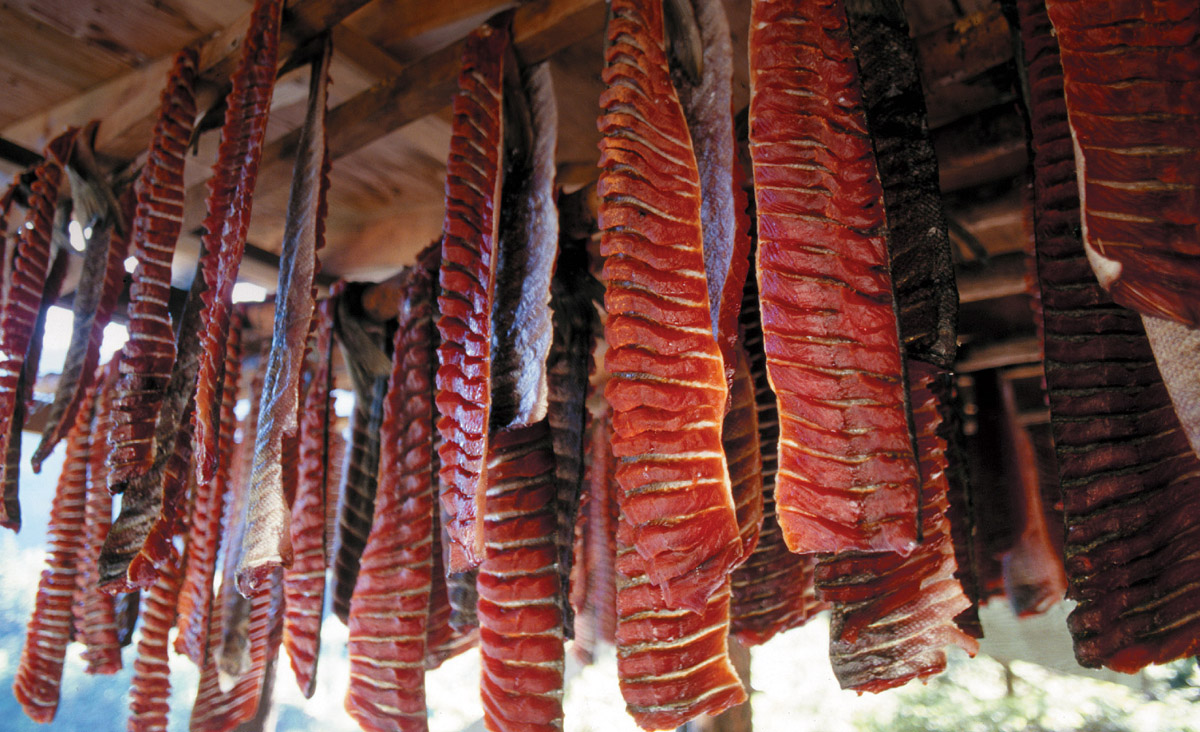“[..] We want control over our own lives and destiny” – that control is called the Nisga’a Government, which is deeply anchored in our traditions and culture, the principles of our traditional feast system incorporated into our modern governance structure and process.”
W’ii Ajiksim Gibaygym Xsgaak (Kevin McKay) of Nisga’a
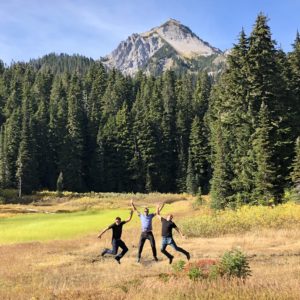
Inspiration and Advice from our Treaty Neighbours
These short articles are based on the presentations given on March 13, 2019 at Tzeachten Hall. If you want to watch the video from that night, go to our Facebook group @TheSXTA and click videos!
Will my community be better off after signing treaty?
Roy Francis, Tla’amin
Finalizing a treaty is not the end of the work; it’s the beginning. A completed treaty comes with a whole new set of assets and responsibilities. If we are prepared to handle these assets and responsibilities; then we are a lot better off than we were under the Indian Act.
We have much more land. We went from 1900 hectares to 8,200 hectares and we have clear title to the lands. We are unlocking the immense value of title and we now have equity that we never had before. We are able to use the value in the land to develop; to build homes; to encourage our citizens to build their own homes; to take out their own mortgages. This is a substantial change
We have much more funding for programs and services. We grew from $5.2 million per annum to over $8 million in government transfers for programs and services. There was a lot of misinformation before our community vote: that we would be losing access to programs and services. We did not lose access — we now have a better level of funding to provide additional levels of services.
We have much more business development. The treaty provided assets to the Nation that allowed for business development. We now have a forestry operation; hotel operation; aquaculture operation; construction company; land development business; and commercial fishing licenses. Each area of business employs a growing number of our citizens and our work force capacity has also grown substantially.
Our employment rates have changed in a very positive way. Three years into self-government our Social Assistance client files have changed from over 150 employable client files to approximately 15. I believe we will get to zero.
I believe this transformation speaks volumes to the question: are we better off with a treaty? For us the answer is a definite yes. Our community has changed in a very positive way.
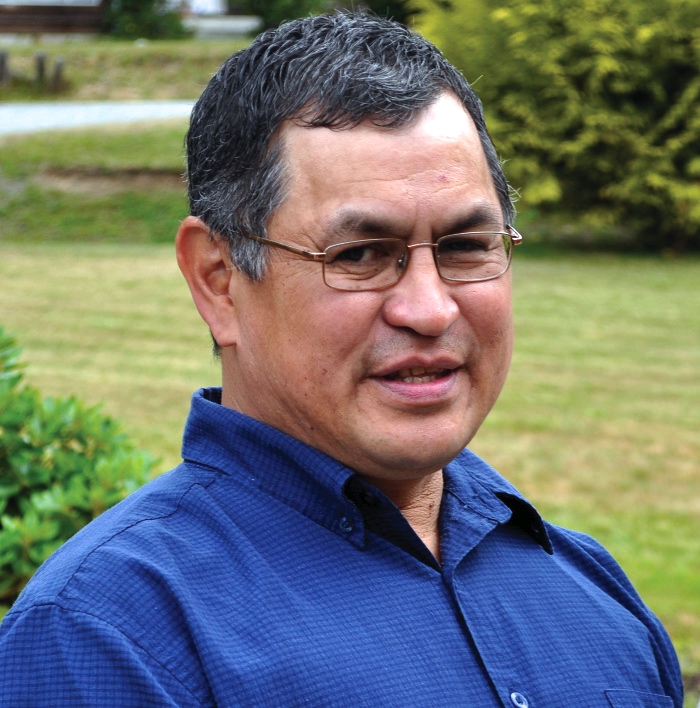 Roy Francis
Roy Francis
The Tla’amin Nation celebrated their third year of self-governance on April 5, 2019. Roy served as the Chief Negotiator during the treaty process and now serves as the Community Development Officer. Roy was a key figure in the design and re-structuring of the Tla’amin Nation government and administration.
Benefits of a Modern-Day Treaty
Angela Wesley, Maa’nulth 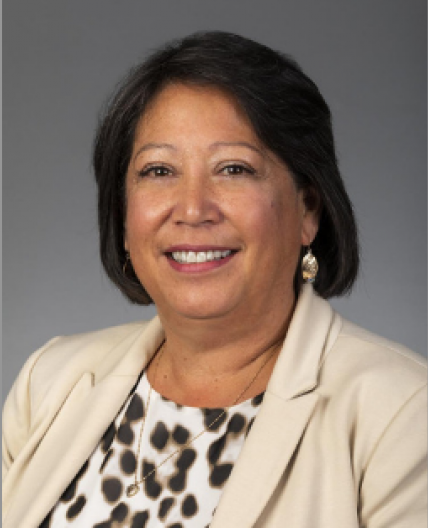
Maa-nulth means “villages along the coast” and encompasses five Nuu-chah-nulth First Nations in areas near Kyuquot, Ucluelet, Alberni Inlet and Bamfield whose modern treaty came into effect in April 2011.
Stong, Self-Governing, Self-Reliant Nations: Maa-nulth Nations could not remain under the Indian Act and achieve their goals of becoming strong, self-governing, self-reliant nations where culture, language, spirituality and economy flourish for all. They wanted to not only finish what our ancestors had begun but negotiate tools that would allow them to change their world in positive ways. This includes controlling their own destiny; living in healthy communities and reinstituting governance that reflects who they are, and where they come from.
“Using the courts provided some victories, but it proved to cost too much time and money. Treaty negotiation was the next logical step and it was the route chosen by our citizens,” she said.
Their Constitution, the highest law of their land, provides a solid government structure that people understand and want; it ensures accountability at all levels, and includes individual rights and equality of citizens.
Success Stories
- Development of Kiix̣in Cultural Tours
- Programs and Services tailored to community needs
- Elder benefits
- Food fish distribution
- Education and health policies
- Culture and language programs
- Social service program with the goal of having no children in care
- Purchased St. Jean’s Cannery with three other First Nations.
- Investigating major projects for our territories: LNG, deep sea port, clean energy
Angela Wesley
Angela Wesley is a citizen of the Huu-ay-aht First Nations (Nuu-chah-nulth), one of five First Nations implementing the Maa-nulth Final Agreement. Angela has remained actively involved in the implementation of Huu-ay-aht’s treaty and constitution, having served as Speaker (Legislative Chairperson) for the Huu-ay-aht First Nations Legislature and Annual People’s Assemblies and serving as the Board Chair/President for the Huu-ay-aht Group of Businesses since 2012. Angela lives in her husband Gerald’s traditional territory of Kitsumkalum in Terrace, BC.
What is life like after Treaty?
Tanya Corbet, Tsawwassen 
Tsawwassen was the first urban modern treaty in BC. The treaty was ratified in 2007 and effective date was April 3, 2009. Entering into and ratifying treaty was a complex decision for the community, but 70 percent ended up voting in favour after extensive community dialogue and consultation.
Governance: The Tsawwassen Government has enacted 23 pieces of legislation including a Government Organization Act, which along with their Consititution lays out their Governance structure. As well, they have a land act, a financial accountability and a conflict of interest act.
Industrial Projects: Tsawwassen has zoned 300 acres for industrial uses and they have nearly leased out the first 100 acre phase to businesses like Great West Life, Chevron, Port of Vancouver, Euro Asia and Amazon.
Commercial Projects: Tsawwassen has 2 million square feet of commercial retail outlets at Tsawwassen Mills, which opened in October 2016. They had 285,000 visitors in the first five days.
Residential Projects: Master-planned, mixed use community, will add 12,000 – 15,000 residents to Tsawwassen lands.
Economic Benefits:
- $350 million in prepaid lease revenue
- $1 million in training and education funds
- 22,000 person years of construction-related employment
- $3.7 billion of construction funding
- 11,000 permanent retail and warehouse jobs
- $485 million in annual employment income
- Almost $30 million in property taxes
Self-government has enabled the Tsawwassen Government to adapt to the needs of members such as:
- Recently broke ground on a new Youth Centre
- Moving forward with new housing
- Other facilities are being planned
- Delta Police Department partnership has meant a dedicated unit serves Tsawwassen.
- Post-secondary funding includes tuition and living expenses for any member
- Employment: the rate on Tsawwassen Lands is effectively zero.
Tanya Corbet
Tanya Corbet is a passionate member of the Tsawwassen First Nation (TFN). She was recently elected to her first term on TFN’s Executive Council, but she has worked for the TFN Government for 18 years, including her key role with the Treaty Department during the negotiation and implementation of BC’s first urban Treaty. Her role in the TFN Government encompassed media relations, government relations, and all aspects of internal and external communications.
If you would like learn more about such First Nations, please see the BCTC website for more information.
Links to other Treaty First Nations websites:
- K’omoks First Nation – http://www.komoks.ca/about-us
- Ktunaxa – http://www.ktunaxa.org/
- Maa-Nulth First Nations (Huu-ay-aht; Kyuquot/Cheklesaht;Toquaht; Uchucklesaht; Ucluelet) – http://www.maanulth.ca/
- Nisga’a Nation – http://www.nisgaanation.ca/
- Te’mexw Treaty Group (Songhees, Snaw’Naw’As, Scia’new, T’Souke, Malahat) – http://www.temexw.org/
- Tla’amin Nation (Sliammon first Nation) http://sliammonfirstnation.com/
- Tla’amin Neh Motl newspaper
- Tsawwassen First Nation – http://tsawwassenfirstnation.com/
Trips to other Self-Governing Nations
Click on these links to find out more about SXTA leaders’ trips to these self-governing nations.

